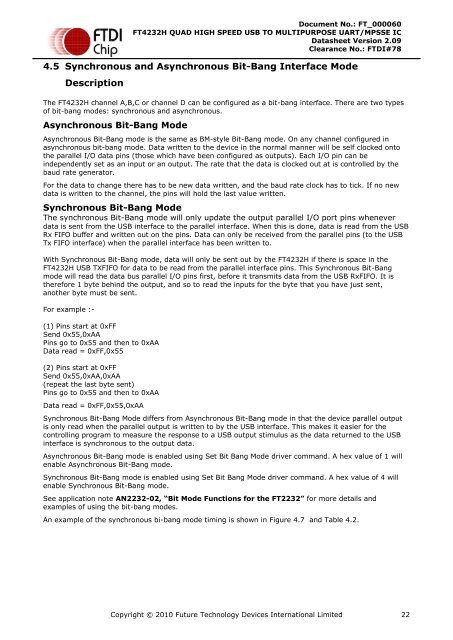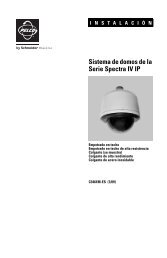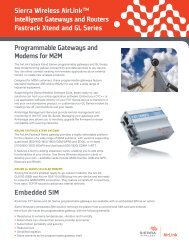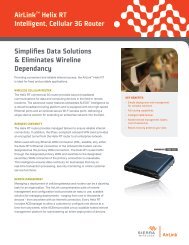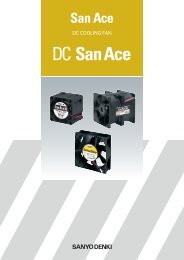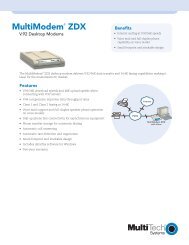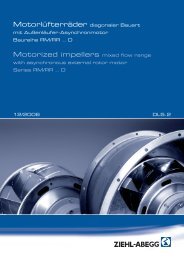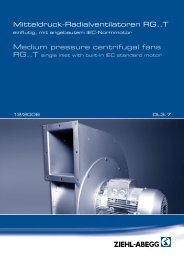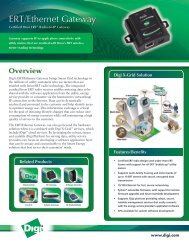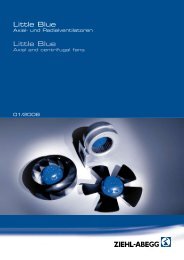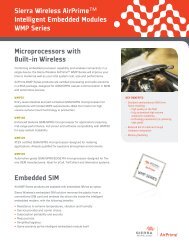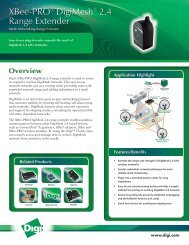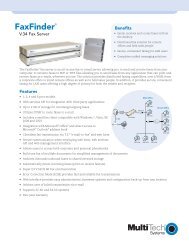Future Technology Devices International Ltd FT4232H Quad High ...
Future Technology Devices International Ltd FT4232H Quad High ...
Future Technology Devices International Ltd FT4232H Quad High ...
Create successful ePaper yourself
Turn your PDF publications into a flip-book with our unique Google optimized e-Paper software.
Document No.: FT_000060<br />
<strong>FT4232H</strong> QUAD HIGH SPEED USB TO MULTIPURPOSE UART/MPSSE IC<br />
Datasheet Version 2.09<br />
Clearance No.: FTDI#78<br />
4.5 Synchronous and Asynchronous Bit-Bang Interface Mode<br />
Description<br />
The <strong>FT4232H</strong> channel A,B,C or channel D can be configured as a bit-bang interface. There are two types<br />
of bit-bang modes: synchronous and asynchronous.<br />
Asynchronous Bit-Bang Mode<br />
Asynchronous Bit-Bang mode is the same as BM-style Bit-Bang mode. On any channel configured in<br />
asynchronous bit-bang mode. Data written to the device in the normal manner will be self clocked onto<br />
the parallel I/O data pins (those which have been configured as outputs). Each I/O pin can be<br />
independently set as an input or an output. The rate that the data is clocked out at is controlled by the<br />
baud rate generator.<br />
For the data to change there has to be new data written, and the baud rate clock has to tick. If no new<br />
data is written to the channel, the pins will hold the last value written.<br />
Synchronous Bit-Bang Mode<br />
The synchronous Bit-Bang mode will only update the output parallel I/O port pins whenever<br />
data is sent from the USB interface to the parallel interface. When this is done, data is read from the USB<br />
Rx FIFO buffer and written out on the pins. Data can only be received from the parallel pins (to the USB<br />
Tx FIFO interface) when the parallel interface has been written to.<br />
With Synchronous Bit-Bang mode, data will only be sent out by the <strong>FT4232H</strong> if there is space in the<br />
<strong>FT4232H</strong> USB TXFIFO for data to be read from the parallel interface pins. This Synchronous Bit-Bang<br />
mode will read the data bus parallel I/O pins first, before it transmits data from the USB RxFIFO. It is<br />
therefore 1 byte behind the output, and so to read the inputs for the byte that you have just sent,<br />
another byte must be sent.<br />
For example :-<br />
(1) Pins start at 0xFF<br />
Send 0x55,0xAA<br />
Pins go to 0x55 and then to 0xAA<br />
Data read = 0xFF,0x55<br />
(2) Pins start at 0xFF<br />
Send 0x55,0xAA,0xAA<br />
(repeat the last byte sent)<br />
Pins go to 0x55 and then to 0xAA<br />
Data read = 0xFF,0x55,0xAA<br />
Synchronous Bit-Bang Mode differs from Asynchronous Bit-Bang mode in that the device parallel output<br />
is only read when the parallel output is written to by the USB interface. This makes it easier for the<br />
controlling program to measure the response to a USB output stimulus as the data returned to the USB<br />
interface is synchronous to the output data.<br />
Asynchronous Bit-Bang mode is enabled using Set Bit Bang Mode driver command. A hex value of 1 will<br />
enable Asynchronous Bit-Bang mode.<br />
Synchronous Bit-Bang mode is enabled using Set Bit Bang Mode driver command. A hex value of 4 will<br />
enable Synchronous Bit-Bang mode.<br />
See application note AN2232-02, “Bit Mode Functions for the FT2232” for more details and<br />
examples of using the bit-bang modes.<br />
An example of the synchronous bi-bang mode timing is shown in Figure 4.7 and Table 4.2.<br />
Copyright © 2010 <strong>Future</strong> <strong>Technology</strong> <strong>Devices</strong> <strong>International</strong> Limited 22


